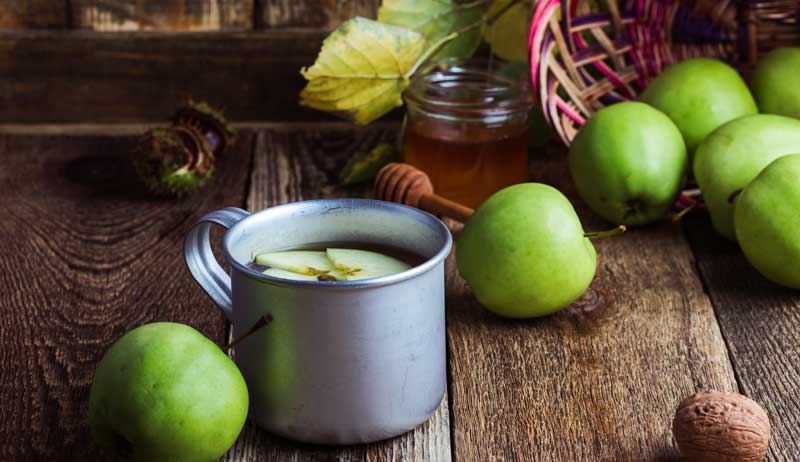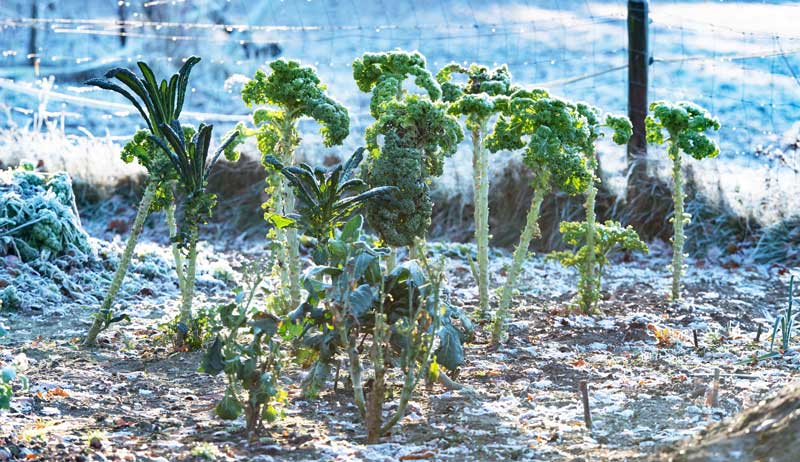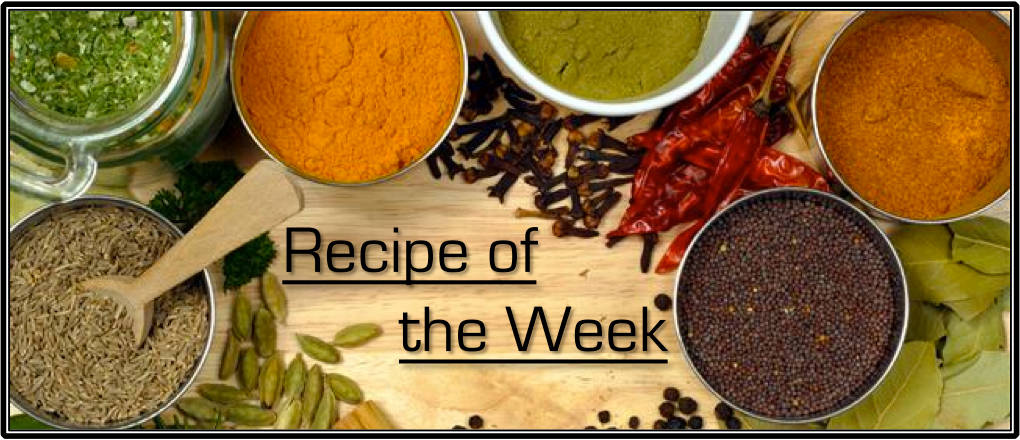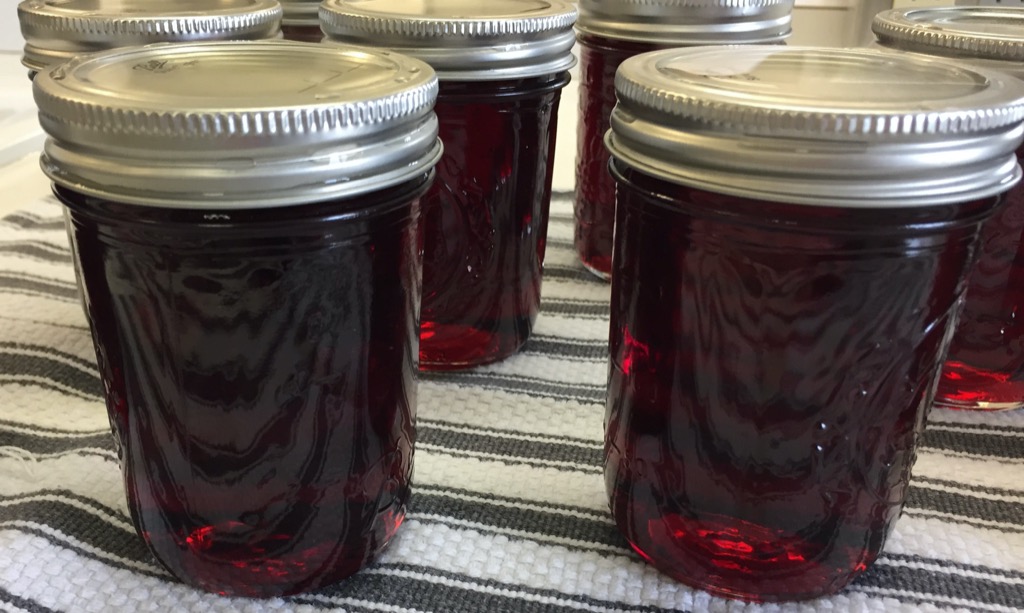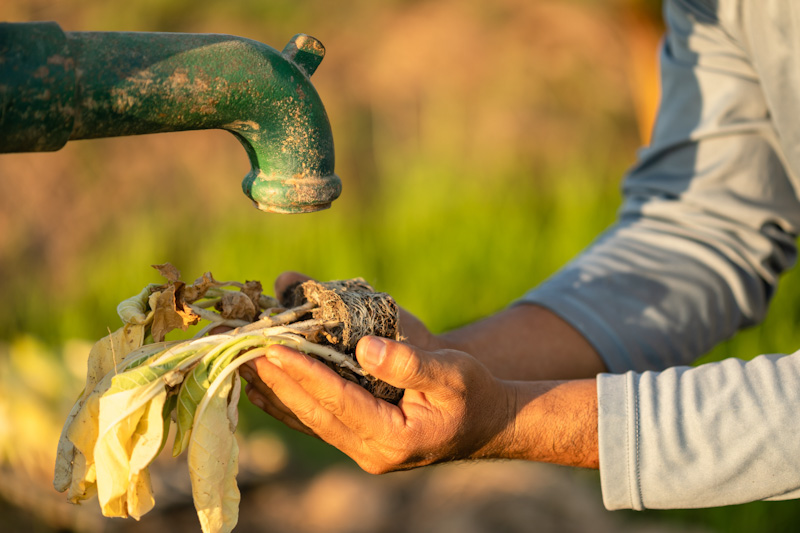
In a world where modern conveniences can quickly disappear in the blink of an eye, the ability to adapt and rely on your survival skills is becoming more apparent by the day. One such skill, often overlooked in favor of firearms, is archery. In a total all-out collapse situation, archery is a skill that can help you survive no matter how harsh conditions may become.
Picture a world plunged into chaos – a world where the comforts of modern civilization are mere memories. In this new landscape, food is scarce, threats lurk everywhere, and the ability to protect oneself and secure food becomes the ultimate currency.
It’s not a dystopian fantasy; it’s a scenario rooted in history and one that could be the future we are heading towards, thanks to the elites who wish to crash everything into the ground in some great reset fantasy. From natural disasters to societal collapse, numerous events could lead to a world where survival skills mean the difference between life and death.
But why should you learn to shoot a bow and arrow when firearms are readily available? Hey, no one is saying to give up your guns, but we like having options and having as many backups as possible. So here are five compelling survival-related reasons why mastering archery is worth your effort.
1. It helps Provide a Food Source
In times of crisis, securing food may become a challenging task. A bow is an invaluable tool for hunting game, including everything from deer to smaller prey like rabbits and birds – you can even retrofit your bow for fishing as well. Its stealth factor and ability to reclaim and use your arrows are what sets it apart from firearms. The quiet operation of a bow allows for stealthy hunting, increasing your chances of success without giving away your position.
The ability to hunt game silently could be a game-changer. Additionally, as we pointed out above, bows can be used for bow fishing, a versatile hunting method to catch fish silently.
2. Portability
Survival scenarios often demand mobility and adaptability. Traditional bows, mainly takedown bows, excel at this task. Takedown bows can be disassembled into compact pieces, making them easy to transport even when you need to travel light. A takedown bow can be your trusted survival companion when space and weight are at a premium.
3. Low Cost
In these turbulent times, budget-conscious choices are essential. You can acquire a reliable takedown bow or compound bow without breaking the bank. The affordability extends to ammunition – arrows are cost-effective and, with practice, reusable. Unlike firearms, where ammunition can be scarce, archers can even craft their arrows using readily available materials.
4. Less Paperwork and Less Strict Laws
Owning a firearm often comes with a maze of regulations and paperwork. Archery, in contrast, involves fewer legal hurdles. While there are some rules to follow, they are generally less restrictive than those governing firearms. Archery offers a more straightforward path to self-reliance.
5. Improved Fitness Levels
Survival situations demand physical fitness….


